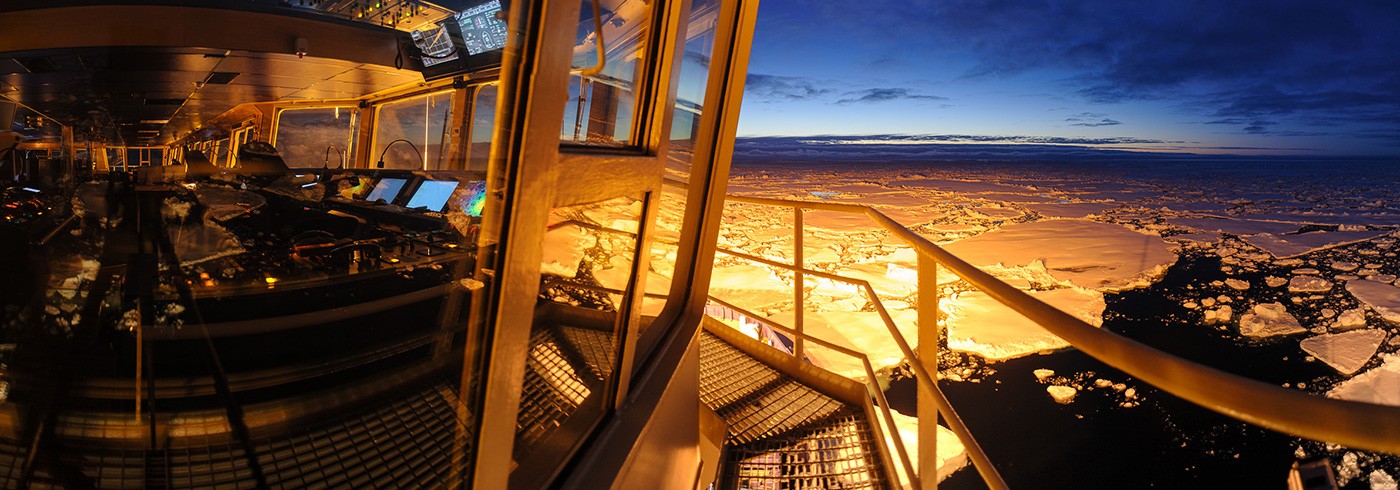Oden Arctic Technology Research Cruise 2012
15 September 2012 - 25 September 2012How does ice impinge on floating offshore structures in the Arctic? This is an important research question, because answering it would contribute to the sustainable exploitation of Arctic offshore areas.
Without doubt, the energy resources in Arctic regions will eventually be exploited. An important goal will be to exploit these energy resources, for example, in the Eurasian Arctic, in accordance with the principles of sustainable development.
The exploration and exploitation of these resources significantly challenge industry, especially when it comes to assessing and managing risks along the whole production chain, avoiding disruptions arising from potentially manageable accidents, and minimizing costs arising from adverse environmental impacts.
Our fieldwork took place in the waters north-east of Greenland where the ice conditions are challenging due to the presence of icebergs and multi-year ice that drift at high speed.
Upward-looking sonars were used to gather data on ice thickness and ice drift speeds. We also used electromagnetic antennas and a system of video cameras to monitor the ice and study ice–ship interaction. Modern technologies, such as satellite sensors, micro drones, and laser scanners, were deployed to characterize icebergs, and multi-beam sonar was used to map the seabed.
The scientific scope of OATRC 2012 was relatively broad and a great many research activities were carried out. Among other activities, we deployed four moorings with upward-looking sonars and current meters. We deployed two ice stations where we studied the mechanical properties of sea ice and ice ridges. A database of 42 icebergs was compiled.
We plan to extend the research to include an additional research cruise.
The data collected during OATRC 2012 are available to Sustainable Arctic Marine and Coastal Technology (SAMCoT) researchers at Norwegian University of Science and Technology and the findings will be published in international conferences and scientific journals.
The Swedish Polar Research Secretariat contributed with management- and technical support as well as meteorologist and doctor.




